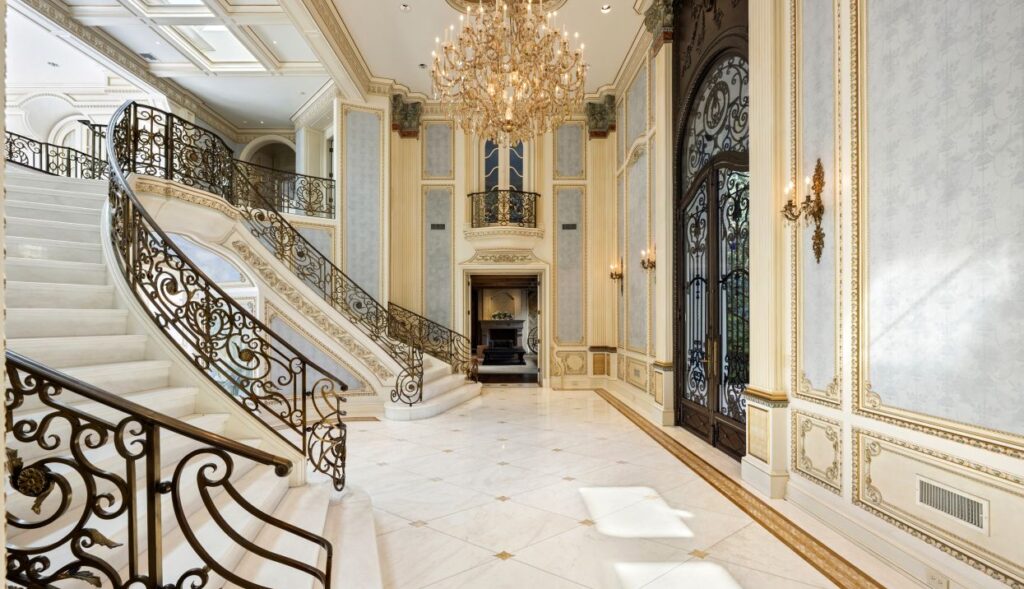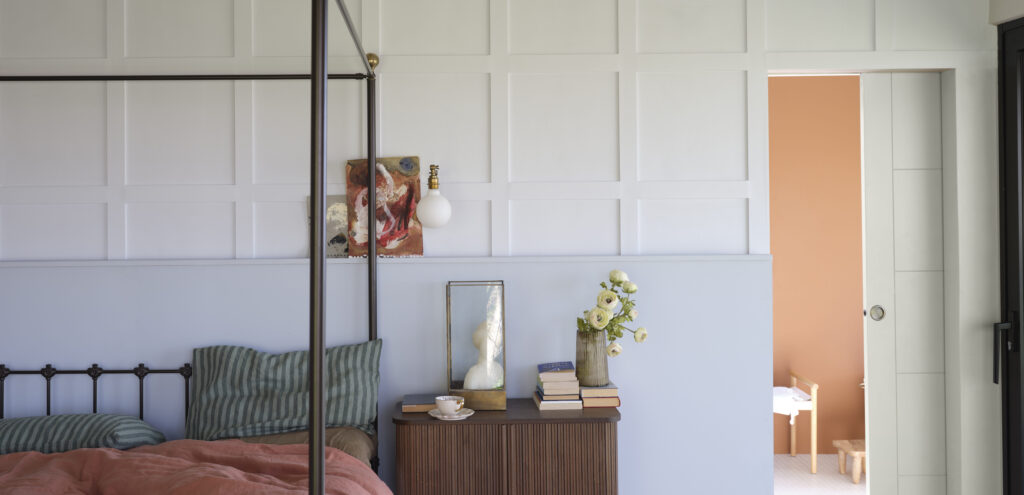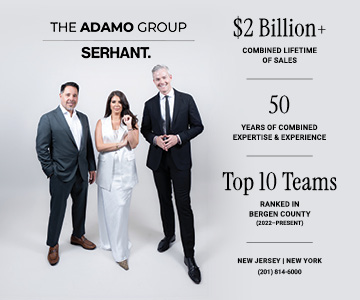As a Tuscan city, Siena, Italy has existed in the shadows of its neighbor Florence for centuries. Prior to the Italian Renaissance, the Italian Medieval Period lasted from the fifth to the eighth century when Charlemagne invaded Italy. While Florence is known for its priceless collection of Botticelli paintings, being home to the graves of Michelangelo Buonarroti and Galileo Galilei, The David, and countless famous statues, Siena has long outlasted Florence in being the epicenter of Tuscan culture and Italian innovation. While Florence acts as a heavily trafficked tourist attraction, there is more to see elsewhere, given the medieval relevance of Siena.
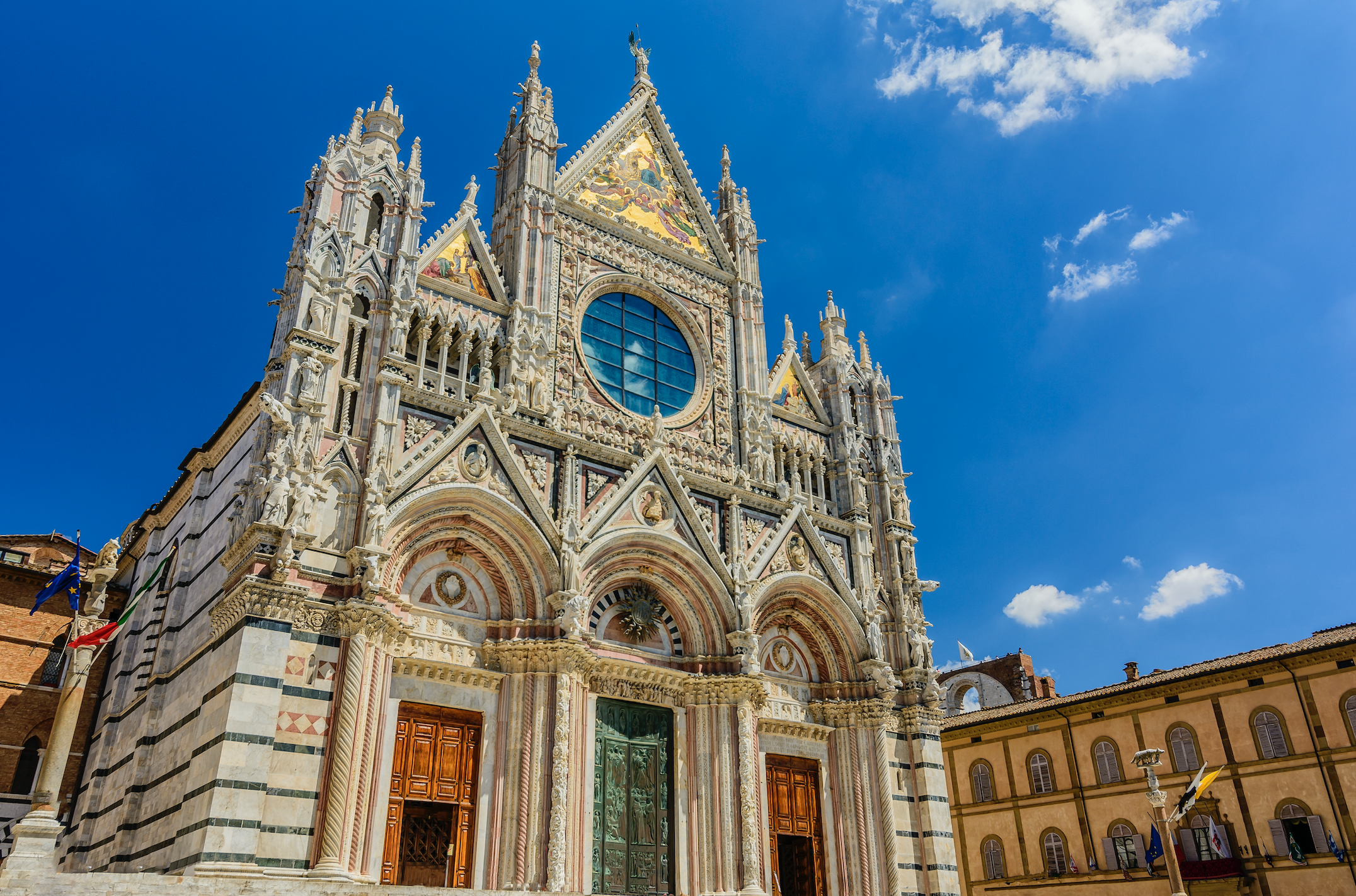
Divided into 17 “contrade” or neighborhoods, this small hill town has a unique history, one involving political enterprise, bareback horse racing, groundbreaking architecture, stunning cathedrals, and pride in one’s familial background.
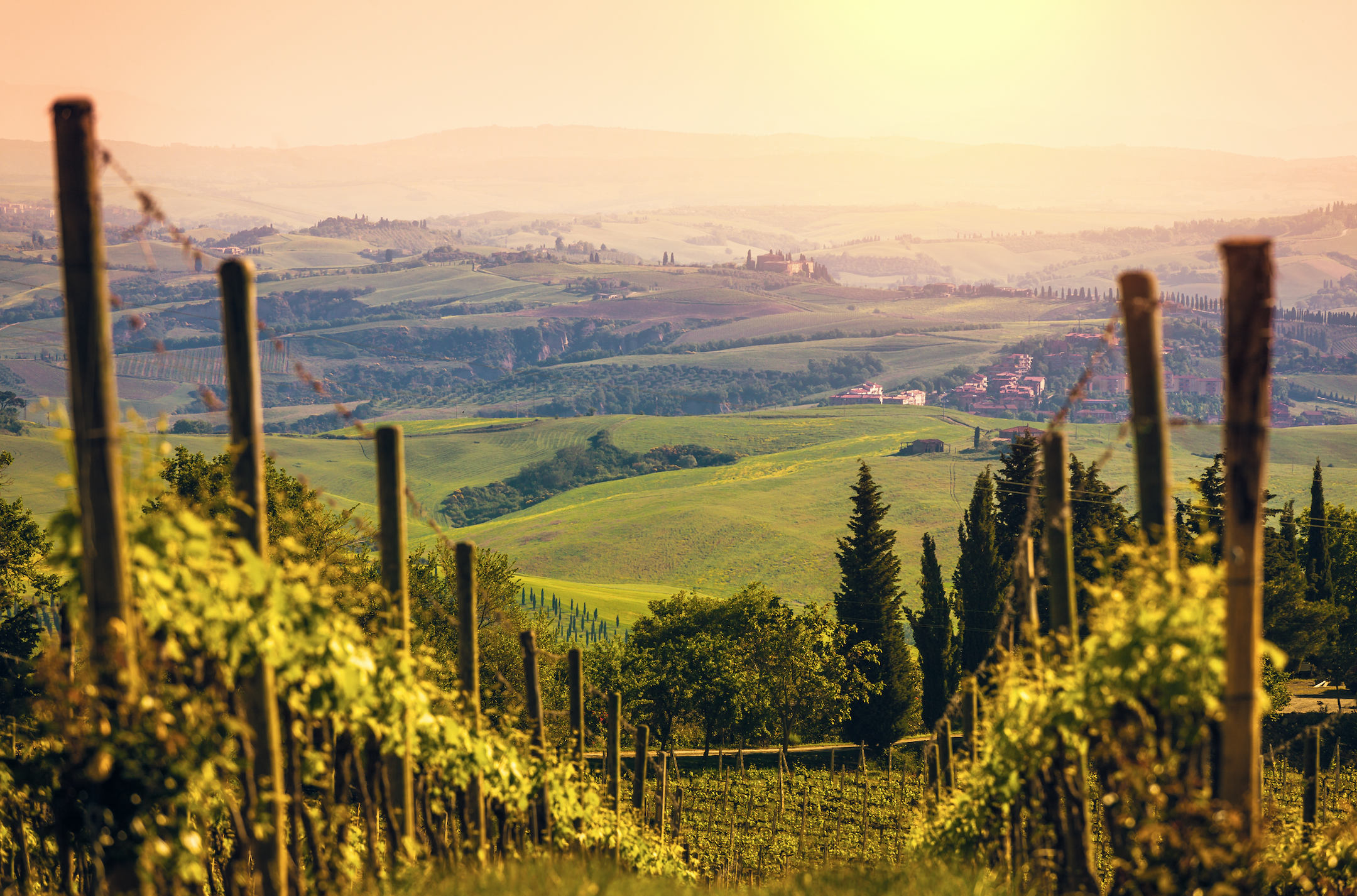
Located in the heart of this Italian cultural gold mine, the Piazza Del Campo is regarded as one of Europe’s most important medieval squares. This infamous piazza hosts the “Fonte Gaia” (fountain of joy), the “Torre del Mangia” (Tower of Mangia), and most importantly, the “Palazzo Pubblico” ( Public Palace). Comprised of thousands of deep orangey-red and brown bricks, this building was built to stand as the stage for the Republic of Siena’s governmental proceedings, and has since become a museum for the frescoes, artifacts and several age-old Italian laws that are still upheld to this day.
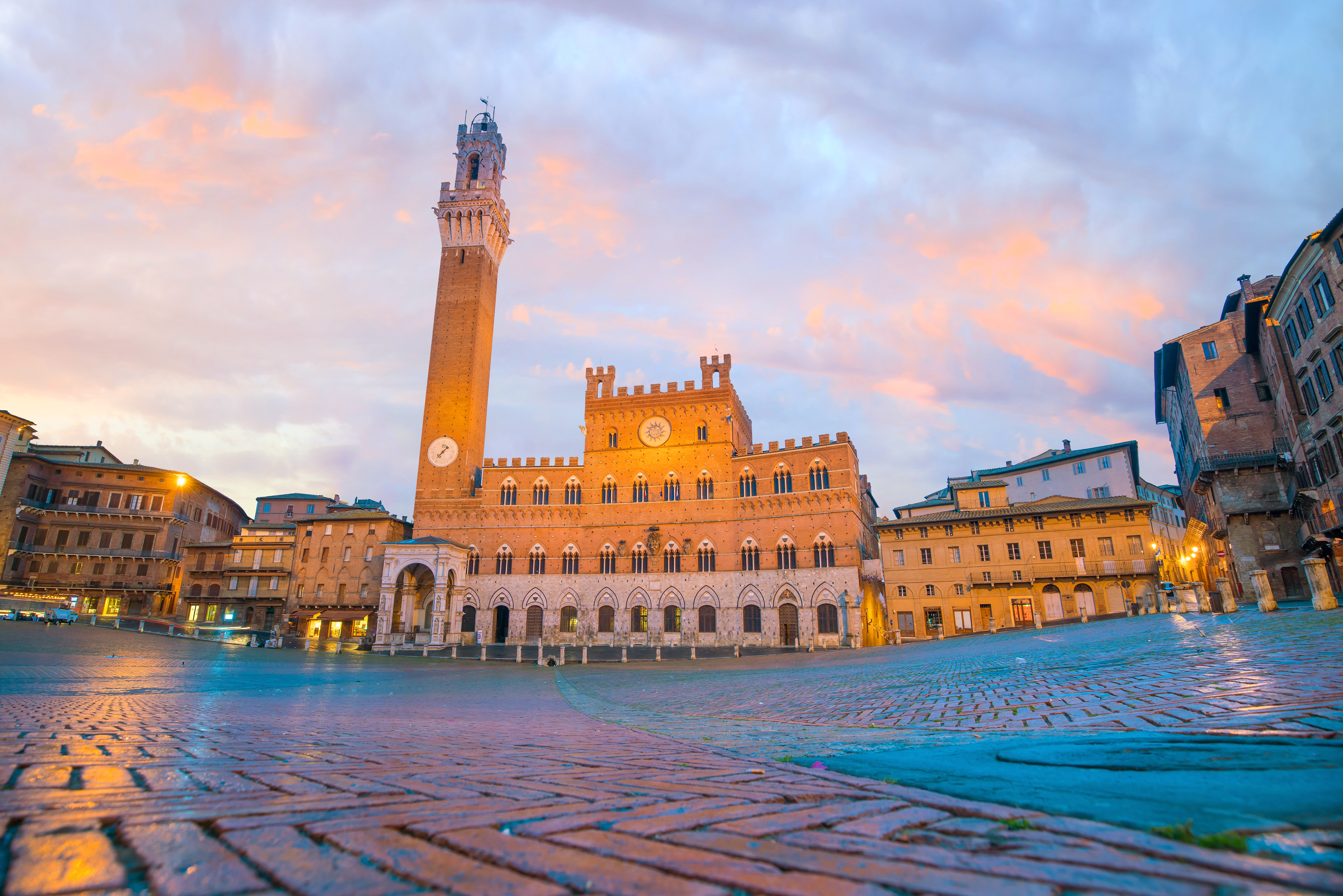
Inside of Palazzo Pubblico is a collection of priceless art including a series of famous fresco paintings, The Allegory of Good and Bad Government, displaying the work of Ambrogio Lorenzetti. This symbolic mural colors the walls of the “Salle de Nove” or “Room of the Nine”, where the nine principal politicians of Siena would gather to discuss important decisions regarding the state of the city of Siena. This fresco has been visited by hundreds of important world leaders including Barack and Michelle Obama. Within this painting are many references to the aspects of a successful government, which are personified as the many men and women featured in the masterpiece.
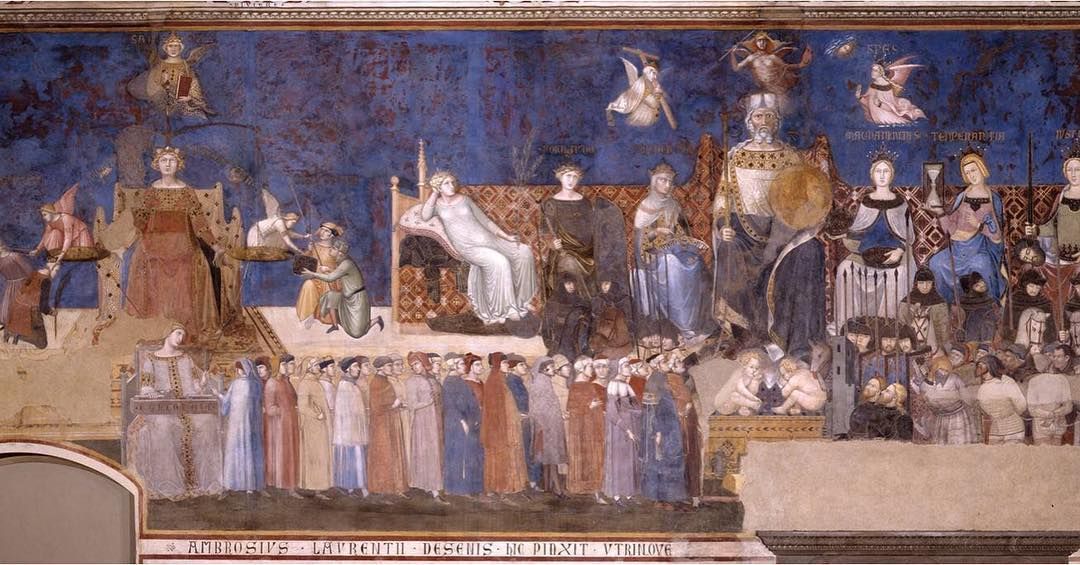
Another point of relevance that Sienese architecture provides to the art world is the color “Burnt Sienna”. The sixty-four pack Crayola crayon color was inspired by the deep amber-like hues that serve as motifs in the city’s brick-lined streets and buildings. This earth-toned color, an orangey-brown shade, is another example of the medieval and modern relevance of Siena, since it has served as a staple to the palette of many artists throughout the world. Whether you’re enjoying a Caffe Macchiato or the view from the top of Torre del Mangia, this beautiful autumnal shade is at its most beautiful under the Tuscan sun.
While the city itself is rich in history, the regional cuisine is even more rich in flavor. Listed among almost every restaurant’s menu in Siena are dishes featuring local produce, fresh buffalo mozzarella cheese, and the exquisite taste of black truffle mushrooms. Locals take pride in the ingredients and flavors specific to their hometown, and always embrace the opportunity to share their traditions with those that find themselves in Siena.
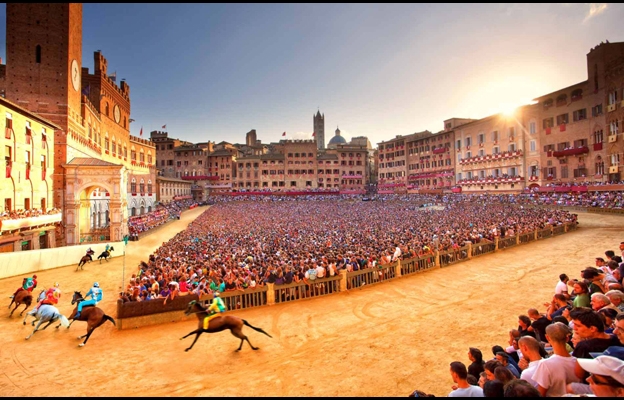
If a trip to Italy is in your future, the Tuscan countryside is the place to be, and there’s no better place to treat the senses to views of beautiful rolling hills, the taste of world-class cuisine, and the opportunity to explore rich culture than Siena. Whether in town to root for your favorite contrada in the semi-annual Palio or explore breathtaking architecture, this small Italian city, packed with modern and medieval relevance, is sure to deliver an authentic and inspiring encounter with regional and national culture less than an hour off of the typical tourists’ beaten path.

